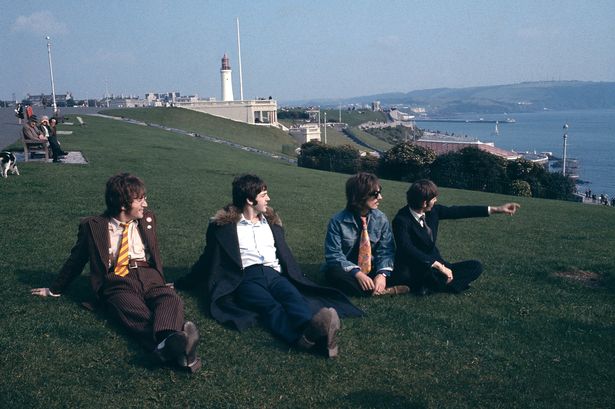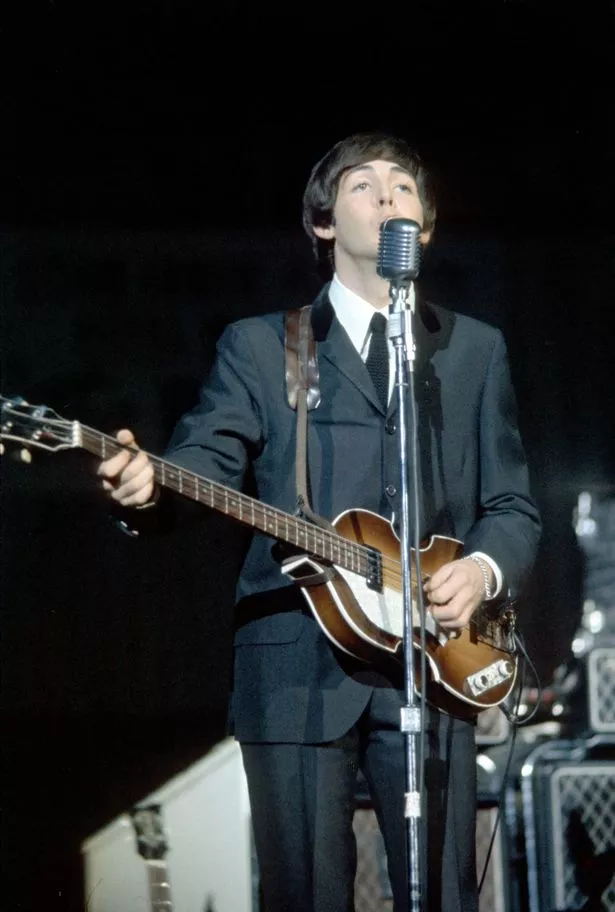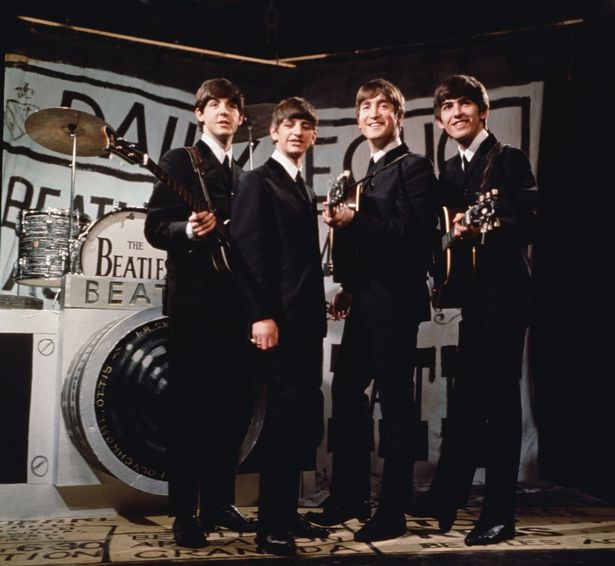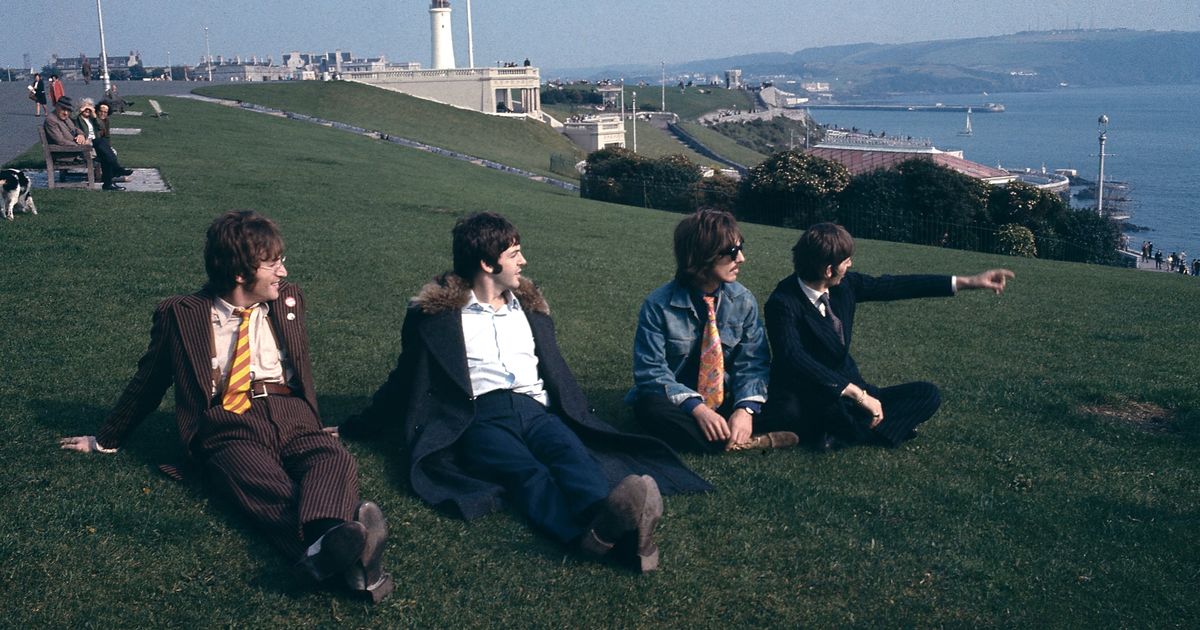John said: “I was always hurt when Paul would knock something off without involving us”Dan Haygarth Liverpool Daily Post Editor and Regeneration Reporter
18:05, 13 May 2025
 John Lennon, Paul McCartney, George Harrison and Ringo Starr in 1967(Image: David Redfern/Redferns)
John Lennon, Paul McCartney, George Harrison and Ringo Starr in 1967(Image: David Redfern/Redferns)
In The Beatles’ early days, John Lennon and Paul McCartney wrote songs in tandem. The two would write together at Paul’s childhood home on Forthlin Road in Allerton or at John’s Aunt Mimi’s house on Menlove Avenue.
But as they got older and the band’s sound evolved, their creative process changed. In the second half of the 1960s, John and Paul would often write independently before presenting their work to one another for final tweaks and changes. Regardless of how songs were written, every track they wrote while in the band was credited to Lennon-McCartney.
There were also times when John and Paul did not consult each other on songs. John said he was hurt by it when Paul would do it.
One such example was the 1968 track ‘Why Don’t We Do It In The Road?’, which featured on ‘The White Album’. The sessions for that album were notoriously tempestuous, with the recording of the song ‘Back in the USSR’ causing Ringo Starr to leave the band for a period.
The song was written by Paul after he saw two monkeys mating in the middle of the street in Rishikesh while The Beatles were on retreat in India. He was said to have been inspired by the simplicity of the process.
 Paul McCartney on stage with The Beatles in Las Vegas in 1964(Image: Michael Ochs Archives/Getty Images)
Paul McCartney on stage with The Beatles in Las Vegas in 1964(Image: Michael Ochs Archives/Getty Images)
During ‘The White Album’ session, Paul and Ringo worked to record the song together. John and George Harrison were busy with other songs, so the other two decided to record it.
In the book ‘The Lyrics’, Paul explained: “We were mixing in Studio Two, which was really the dedicated Beatles studio at Abbey Road, and I was getting a bit fed up sitting around. Everyone had gone home, but we were still there at ten o’clock, eleven o’clock, midnight.
“There was no one else around except for a security sergeant, maybe somebody on the door. So I slipped into Studio Three with Ringo, just him and me. I wanted to do a let-it-all-hang-out song based on little more than a mantra.”
Paul and Ringo recorded on October 9, 1968, returning the following day to add more vocals and a drum part. It happened while George and John were working on ‘Glass Onion’.
It seems this decision hurt John. Asked about the track in a 1980 interview with Playboy, he said: “That’s Paul. He even recorded it by himself in another room.
“That’s how it was getting in those days. We came in, and he’d made the whole record. Him drumming. Him playing the piano.
“Him singing. But he couldn’t – he couldn’t – maybe he couldn’t make the break from The Beatles. I don’t know what it was, you know.
“I enjoyed the track. Still, I can’t speak for George, but I was always hurt when Paul would knock something off without involving us. But that’s just the way it was then.”
John’s comments led to a response from Paul. Yoko Ono had also said in an interview that Paul hurt John more than anyone else, to which Paul said: “No one ever goes on about the times John hurt me.”
 Paul McCartney, Ringo Starr, John Lennon and George Harrison in 1963(Image: Hulton Archive/Getty Images)
Paul McCartney, Ringo Starr, John Lennon and George Harrison in 1963(Image: Hulton Archive/Getty Images)
He continued: “There’s only one incident I can think of that John has mentioned publicly. It was when I went off with Ringo and did ‘Why Don’t We Do It In The Road’. It wasn’t a deliberate thing.
“John and George were tied up finishing something and me and Ringo were free, just hanging around, so I said to Ringo, ‘Let’s go and do this.'”
Paul added: “Anyway, he did the same with ‘Revolution 9’. He went off and made that without me. No one ever says that. John is the nice guy and I’m the b*****d. It gets repeated all the time.”
Ringo didn’t have any problems with it. Pointing out that John and Paul worked on ‘The Ballad of John and Yoko’ without him and George, the drummer said: “‘Why Don’t We Do It In The Road?’ was just Paul and me, and it went out as a Beatle track too. We had no problems with that.”
